China's 'Airpocalypse' Forces Dilemma: Development Or Clean Air? [PHOTOS]
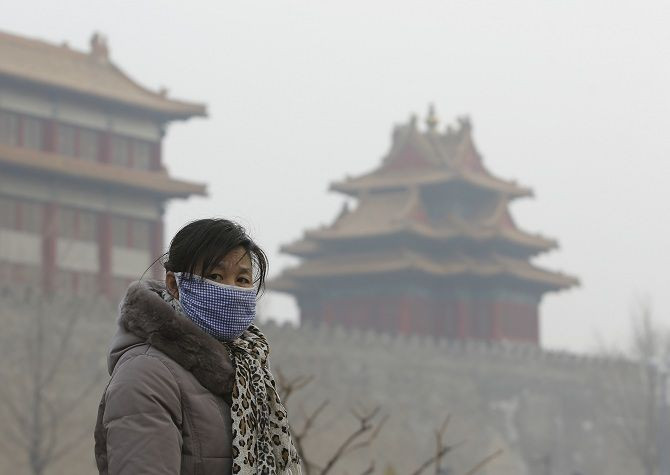
The past weekend, a thick blanket of haze covered the Beijing skyline. Pollution levels across various cities in China reached levels even more hazardous than usual, particularly in the nation's capital, in what many China-based foreigners are referring to on social media as 'Airpocalypse'.
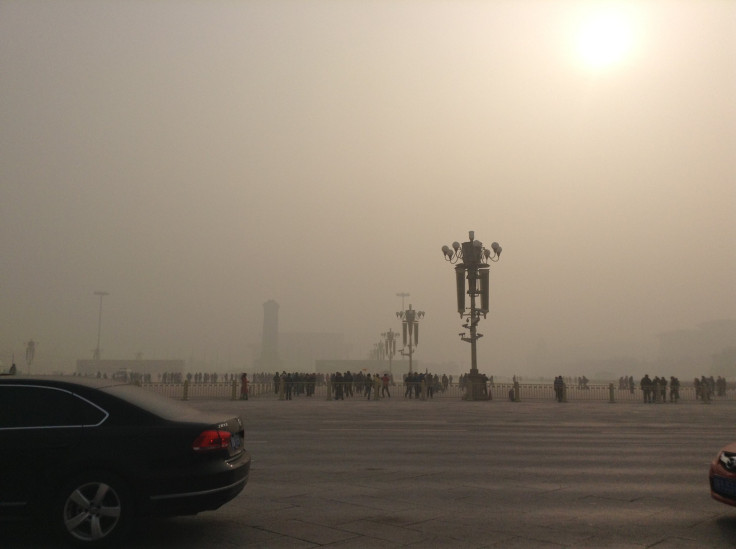
China, a country that has notoriously struggled with air pollution, instituted a pollution scale which measures density levels of PM2.5 -- tiny particles considered to be the most harmful to health. According to the Beijing Municipal Environment Monitoring Center, this past Saturday, some areas of Beijing registered 700 micrograms or more of PM2.5 particles per cubic meter on a scale typically measured out of 500.
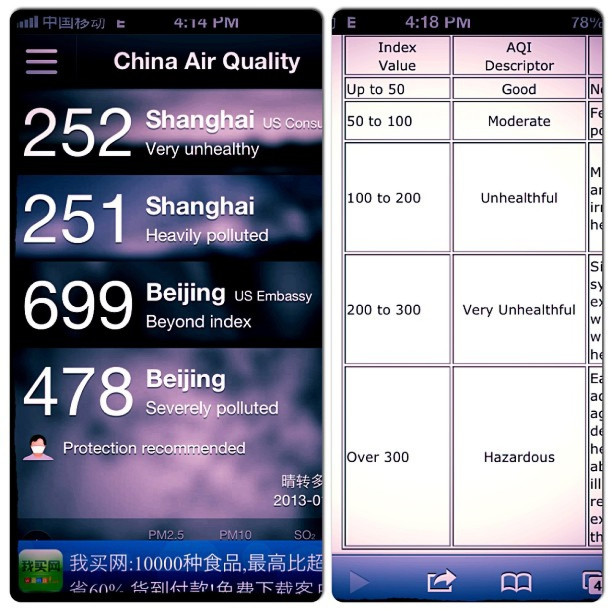
Generally speaking, measurements between 300-500 are considered hazardous, with good quality air measuring below 50. Two days later, pollution levels in Beijing are still literally off the charts, and will likely remain fairly high for another two days. According to China Radio International, Beijing's air won't clear until Wednesday, at which point winds will blow away much of the pollution out of the city.
Pollution levels were so high this weekend that the government issued warnings suggesting people stay inside and "avoid outdoor activities." Additional measures were taken by the Beijing Environment Protection Ministry which announced on Sunday that an agreement with construction sites and factories was made to reduce work until the air clears up.
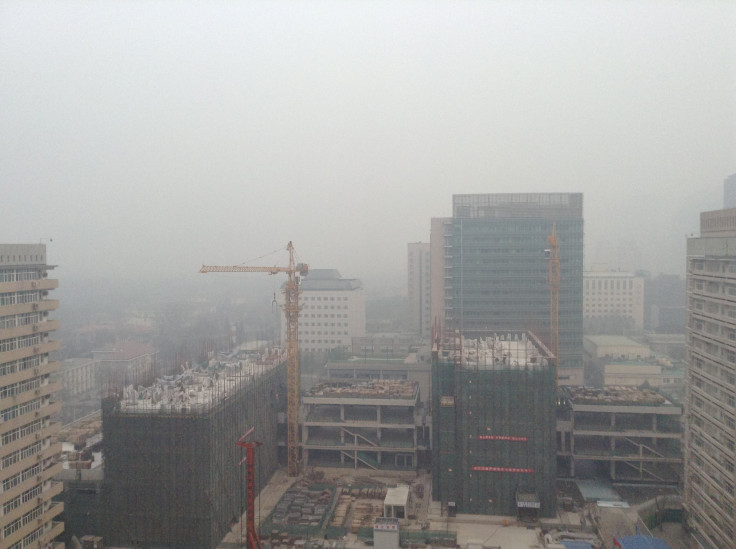
Several of those who dared to venture outdoors wore medical face masks, which have made a few appearances on bad air quality days since the SARS outbreak in 2003, in a last-ditch effort to filter out some of the air's toxins. A photo of dissident artist Ai Weiwei donning a nuclear-grade gas mask made its way around the media.
However, Beijing is not the only city affected. According to the Chinese Research Academy of Environmental Sciences, over 100 million Chinese people are affected by the pollution.
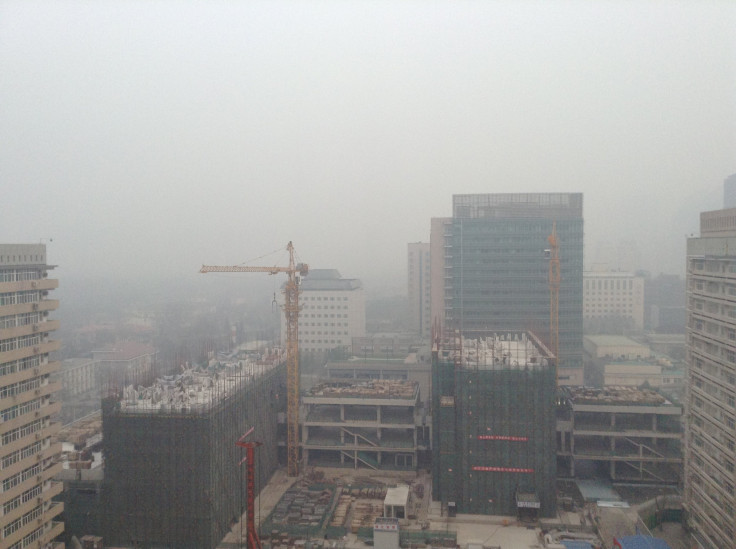
Other major cities like Shanghai, Tianjin and Xi'an also had hazardous levels of pollution. According to the Global Times, a state-run newspaper, roughly 30 Chinese cities were "shrouded in dense smog" this weekend.
The same Global Times article took a surprisingly liberal position on China's air quality issues, stating the nation's runaway industrial development is at the core of pollution problems. The report noted the difficult task that China's government faces, balancing the nation's want for continued development and need for environmental reform. The piece suggested the path to finding a suitable solution that meets the needs of the Chinese people is for the government to give the public accurate knowledge of environmental and development policies, and let "society participate in the process of solving the problem."
Unsurprisingly, China's government does all the decision-making regarding any new policies, but the Global Times insisted that these problems should no longer be addressed behind closed doors.
"The choice between development and environment protection should be made by genuinely democratic methods," the article said.
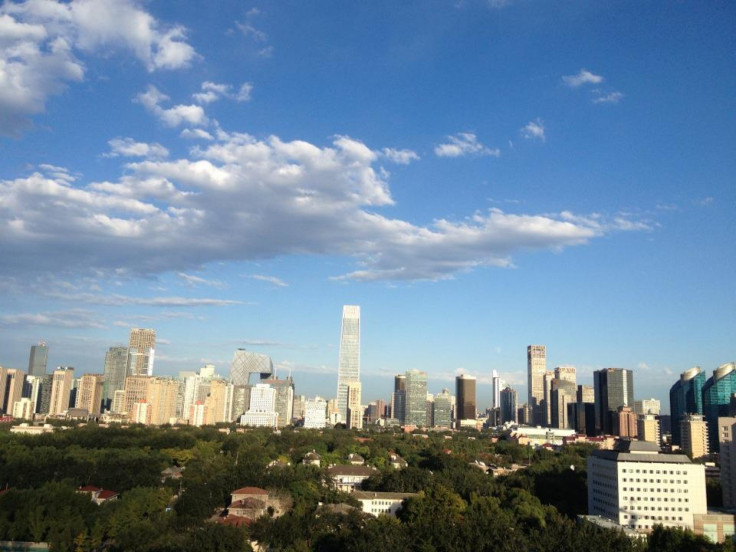
Beijing on a rare clear day
This weekend's high levels of pollution are one of several occasions when China's pollution has made international headlines. Ahead of the 2008 Summer Olympic Games in Beijing, many visiting athletes were concerned about the air quality and how it could affect their training and performance, particularly in outdoor endurance events.
Reports of some events being postponed threatened the success of the games, and the city went to great lengths to temporarily reduce pollution by temporarily closing or moving nearby factories while the Games were underway. Since then, many of the factories have returned, and will continue pumping out toxic gases until Beijing comes up with a permanent, sustainable solution.
© Copyright IBTimes 2024. All rights reserved.






















